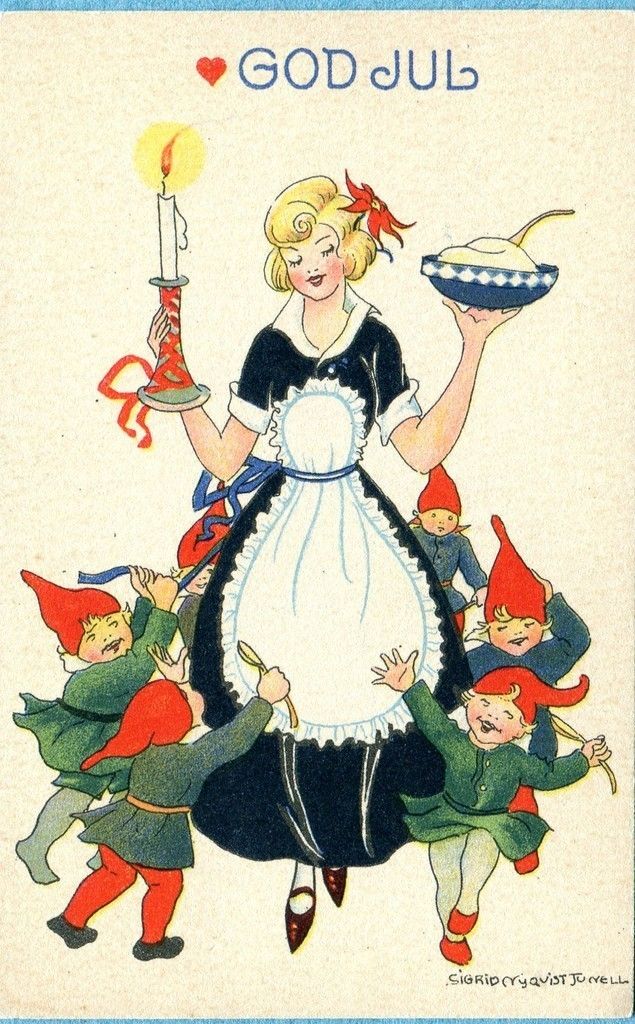 Mrs Jones and I have been having a bit of a laugh lately, everytime we hear the absurd lyrics of the “Band Aid – Do They Know It’s Christmas”. I remember when the song came out in 1984, and though the lyrics were a little odd at the time, it was a catchy jingle and the cast of appearing artists were all the names of the day.
Mrs Jones and I have been having a bit of a laugh lately, everytime we hear the absurd lyrics of the “Band Aid – Do They Know It’s Christmas”. I remember when the song came out in 1984, and though the lyrics were a little odd at the time, it was a catchy jingle and the cast of appearing artists were all the names of the day.
Band Aid was formed as a charity “supergroup” featuring British and Irish musicians and recording artists. Founded in 1984 by Bob Geldof and Midge Ure, they raised money for anti-famine efforts in Ethiopia by releasing the song “Do They Know It’s Christmas?” for the Christmas market that year. Three subsequent re-recordings of the song raised further money for charity and also topped the charts. The original 1984 recording exceeded the organisers expectations – becoming the Christmas number one.
The message however remains the same, despite the lyrics. Give a thought and give in means to those with less privilege. This giving spirit is something that of course isn’t time bound but of course it is arguable that there is little more generosity in the public at Christmas time than any other time of the year.
The (in)significance of dates
Of course, the specificity of Christmas is all a little muddled due the joint seasonal celebratory time with so many other faiths and belief systems. For Christians the symbolism of giving is tied into the celebration of the arrival of the baby Jesus and the gifts of the three wise men of Gold, Frankincense and Myrrh. There’s the general acknowledgement that there is a Christmas gift bringer. The specifics of the givers also vary among countries in Europe, among them St Nicholas, Christkind and Befana.
Presents are also opened on different days , the earliest presents on St. Nicholas’ Eve on December 5th when children in Holland of ten receive their presents. On St. Nicholas’ Day for children in Belgium, Germany, Czech Republic and some other European countries. Children in the UK, USA and most former British colonies and Japan, open presents on Christmas Day, December 25th. There are also presents opened on Epiphany on January 6th – a full month after the lowlands countries.
Yule laugh at this
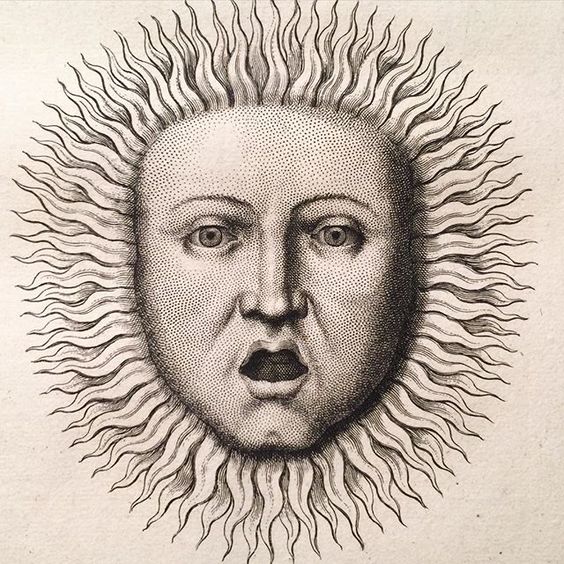 So when the youngest, asked to open presents on the 21st, it was no big deal. Mrs Jones’ family tradition is to open them on Christmas Eve, the 24th. The time honoured Jones tradition is on Christmas day itself. No matter. Why the 21st I wondered? Well, it seems, this was planned around coincidence with the pagan celebration of Yule. Best you not ask why, just accept that there is some influencing pressure there from others.
So when the youngest, asked to open presents on the 21st, it was no big deal. Mrs Jones’ family tradition is to open them on Christmas Eve, the 24th. The time honoured Jones tradition is on Christmas day itself. No matter. Why the 21st I wondered? Well, it seems, this was planned around coincidence with the pagan celebration of Yule. Best you not ask why, just accept that there is some influencing pressure there from others.
The date seemed odd, so after a little Yule sleuthing I established that it begins with the Arra Geola moon, which grows full in late November or early December, and then Yule continues for two lunar months. But not all Pagans are equal it seems, Saxon Pagans, the celebration of the Yuletide does not begin until Mothers’ Night (the solstice) and then continues for a week or two.
There is something to be said for examining modern Christmas in light of its many ancient origins.
During the 10th century AD, King Hákon the Good, a Christian, demanded that the jólablót should be held on the 25th of December in accordance with continental Christmas celebrations, a decision which was part of a political process of adopting Christianity across Norway. Yet this was not the original heathen date for Yule. Jól was the name of the time between the Winter Solstice and the Jólablót – “Yule Sacrifice” – which originally may have happened on the 12th of January. It means that Yule begins with the Winter Solstice and lasts until the 12th of the following year.
Winter solstice is on December 21 and is the “shortest” day of the year and marks the start of the winter period due to the tilt of the Earth’s axis and alignment with the sun, providing us with the least daylight of the year. After December 21, nights will begin to get shorter as earth rotates towards the sun.
Those other celebrations
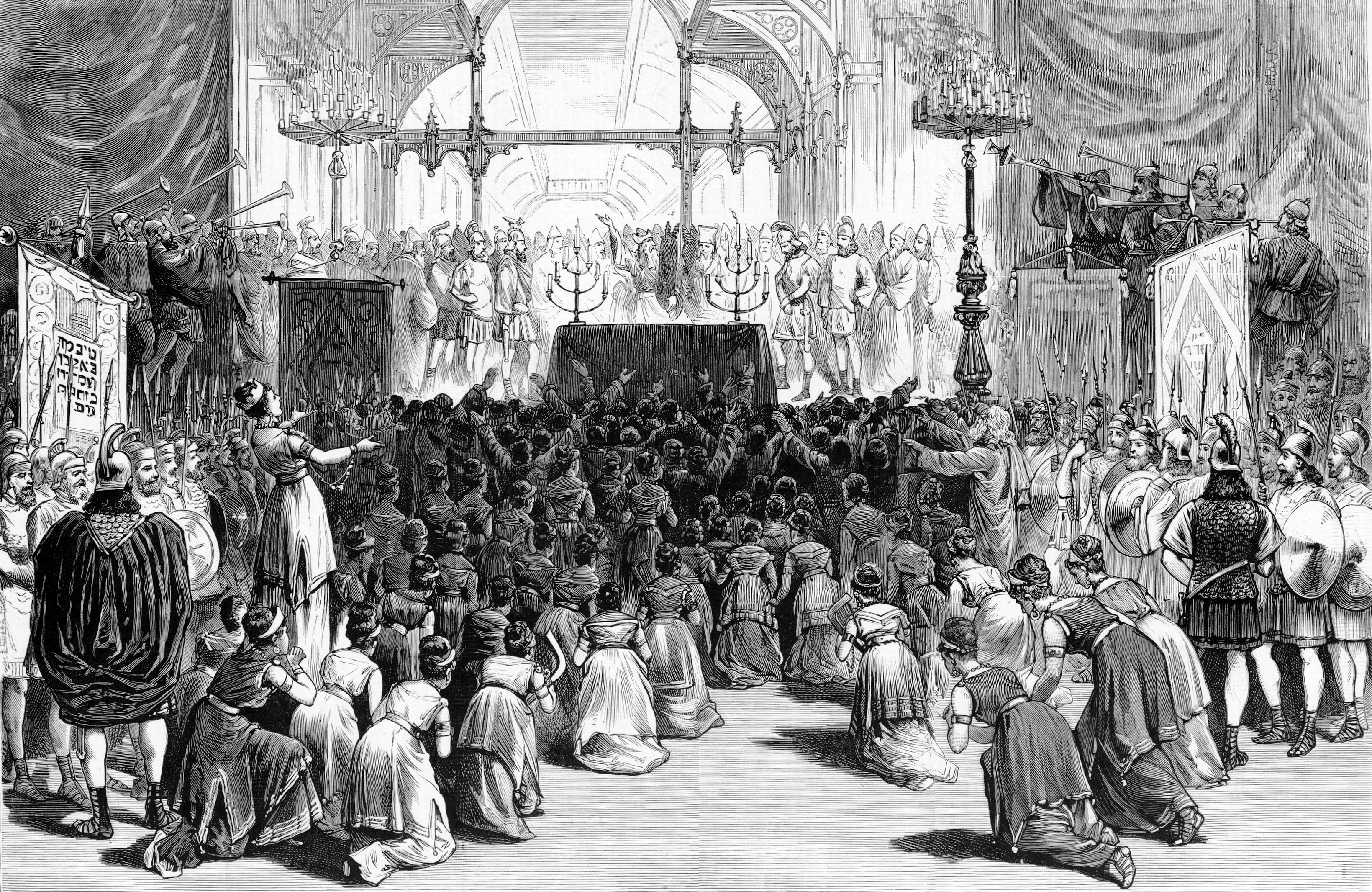 Channukah and Kwaanza are influenced by the overwhelming emphasis on Christmas. Though outside of the US the latter is all but unknown – a week-long celebration in the United States and among the West African diaspora in the Americas. Celebrating African heritage in African-American culture, and observed from December 26 to January 1, culminating in a feast and gift-giving.
Channukah and Kwaanza are influenced by the overwhelming emphasis on Christmas. Though outside of the US the latter is all but unknown – a week-long celebration in the United States and among the West African diaspora in the Americas. Celebrating African heritage in African-American culture, and observed from December 26 to January 1, culminating in a feast and gift-giving.
One Maulana Karenga established Kwanzaa in 1966 and it has roots in the black nationalist movement of the 1960s, as the first specifically African-American holiday. This ‘inclusiveness’ had me pitching Christmahanukwaanza as a possible new terms for the seasonal celebration.
Channukah, also known as the Festival of Lights, is celebrated with the lighting of the menorah, traditional foods, games and gifts and is an eight-day Jewish celebration also known as Hanukkah or Chanukah. It is a commemoration of the 200 B.C. rededication of the Second Temple in Jerusalem.
According to the Talmud, Judah Maccabee and the other Jews who took part in the rededication of the Second Temple witnessed a miracle. Despite only enough oil to keep the menorah’s candles burning for a single day, the flames continued flickering for eight nights. This wondrous event inspired the Jewish sages to proclaim a yearly eight-day festival. Other scholars suggest that it was actually a belated celebration of Sukkot, which the Jews had not had the chance to observe during the Maccabean Revolt. Sukkot consists of seven days of feasting, prayer and festivities.
So ignoring these two celebrations, let’s go back to Yule.
Since Christianity is heavily influenced by many faiths, it seems logical that Christmas celebrations are a mish-mash of celebrations in the Northern hemisphere, largely tied to celebrating the sun. Most would agree that the specific date of Christmas is then likely arbitrary – chosen to coincide with the pagan solstice celebration – a way of easily converting the pagans on the one hand, but is that really it?
So much doubt
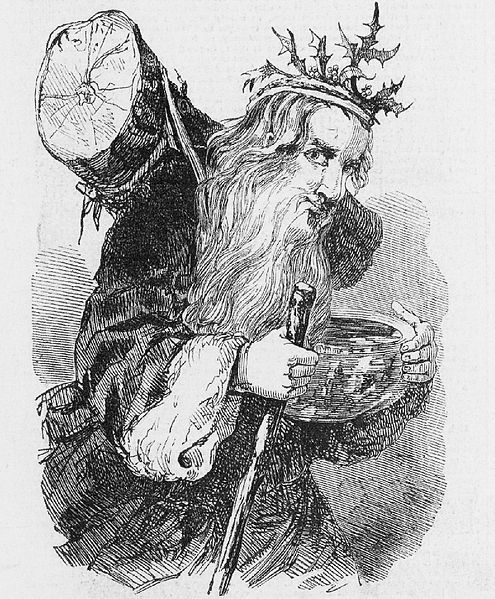 As early as the third century there was uncertainty regarding Jesus’ birthday – presbyter Hippolytus, favored January second, Clement of Alexandria enumerates several dates given by Alexandrian chronographers, the twenty-fifth of the Egyptian month Pachon (May twentieth) in the twenty-eighth year of Augustus and the twenty-fourth or twenty-fifth of Pharmuthi (April eighteenth or nineteenth) of the year A.D. 1.
As early as the third century there was uncertainty regarding Jesus’ birthday – presbyter Hippolytus, favored January second, Clement of Alexandria enumerates several dates given by Alexandrian chronographers, the twenty-fifth of the Egyptian month Pachon (May twentieth) in the twenty-eighth year of Augustus and the twenty-fourth or twenty-fifth of Pharmuthi (April eighteenth or nineteenth) of the year A.D. 1.
No Church festival in honor of the day was established before the middle of the third century. A Latin treatise, De pascha computus, placed Jesus’ birth on March twenty-first since that was the supposed day on which God created the Sun, thus typifying the “Sun of righteousness”.
There is insufficient data to support the choice of December 25th.
The well-known solar feast, however, of Natalis Invicti has traditionally been celebrated on 25 December and has a strong claim on the responsibility for the December date. Certainly scholars suggest that there’s no significance to the date in apostolic or early post apostolic times. Remember too, that these places that influenced these dates are all mediterranean, so the seasons are sometimes almost imperceptible!
No Christmas festival had been established much before the middle of the century, the feast of Epiphany was celebrated by the Basilides a collective of Gnostic Heretics in the second century and by catholic Christians by about the beginning of the fourth century.
Spring babies
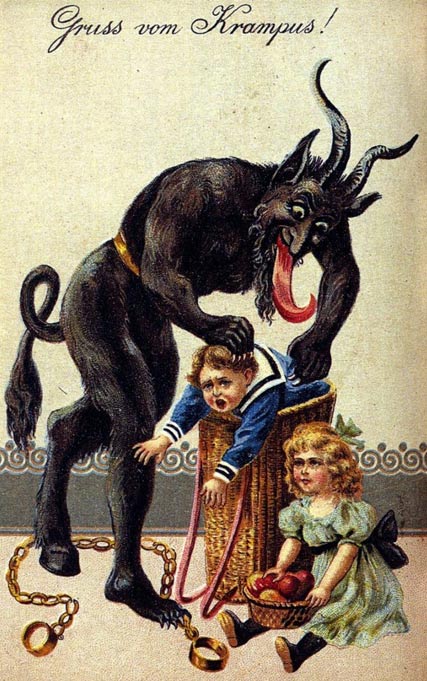 The earliest record of the recognition of Dec. 25 as a church festival is in the Philocalian Calendar. Most scholars agree that Jesus’ birth, in fact, did not likely take place in December at all, but probably occurred during spring; shepherds watching their sheep by night would suggest Spring lambing. The only time that shepherds likely bother to guard their flocks around the clock. In winter, sheep would likely have been corralled.
The earliest record of the recognition of Dec. 25 as a church festival is in the Philocalian Calendar. Most scholars agree that Jesus’ birth, in fact, did not likely take place in December at all, but probably occurred during spring; shepherds watching their sheep by night would suggest Spring lambing. The only time that shepherds likely bother to guard their flocks around the clock. In winter, sheep would likely have been corralled.
The date was chosen not by the Christians, but by Romans, the traditional antagonists of the Early Church. Roman citizens feared that the earth may be “dying”. With the “return of the sun” at the end of December resulting in longer days, the Romans celebrated the “Feast of the Sol Invictus” (Unconquerable Sun”) on December 25.
Bishop Liberius of Rome ordered in 354 that all Christians celebrate the birth of the Christ child on that day. Scholars believe that the bishop chose this date so that Christians, still members of an outlawed religion in the eyes of the Romans, would celebrate the birth of their Savior without danger of revealing their religious conviction, while their Roman neighbors celebrated an entirely different event.
So a second perspective on this, in that it suggests we accept a date that is pagan at its roots but which we accept as Christian. All rather confusing!
December 25th just like Sunday keeping, is commanded on the authority of Catholicism, which picked the day so as to coincide with the pagan Sun worshipping observance of the Winter Solstice. Protestants observing Christmas are thus keeping a Papacy decreed day and maintaining a Roman Catholic Tradition. The 25th of December was never a special date to anyone except mortal men and has long been a pagan festival season celebrating the birth of the Sun. As for Yule, ok, you can have that one for free, though you’ll have to accept that in the Southern hemisphere it is all rather irrelevant.
Further reading
- http://www.pennilesspagan.com/2016/12/5-ways-to-celebrate-yule.html
- http://www.patheos.com/blogs/panmankey/2014/12/celebrating-yule/
- https://www.paganmusic.co.uk/thinking-about-christmas-yule-and-the-solstice/
- http://www.patheos.com/blogs/themediawitches/2015/12/you-call-it-christmas-we-call-it-yule/
- http://thestir.cafemom.com/baby/113242/how_to_celebrate_yule_with
- http://freya.theladyofthelabyrinth.com/?page_id=397
- https://www.thesun.co.uk/news/4444966/winter-solstice-2017-shortest-day-year-time-sunset-date-21-december/
- http://www.patheos.com/blogs/panmankey/2014/12/celebrating-yule/
- The Christian Book of Why, by John C McCollister, copyright 1983, ISBN 0-8246-0317-6, published by Jonathan David Publishers, Inc. Middle Village, New York, 11379
- Frederick H. Cramer, Astrology in Roman Law and Politics, p. 4. Copyright 1954 by the American Philosophical Society, Philadelphia.
- A. H. Newman, “Christmas,” The New Schaff-Herzog Encyclopedia of Religious Knowledge, Vol. 3, p. 47. Copyright 1909 by Funk & Wagnalls Company, New York
- Franz Cumont, Astrology and Religion Among the Greeks and Romans (reprint; New York: Dover Publications, Inc., 1960)